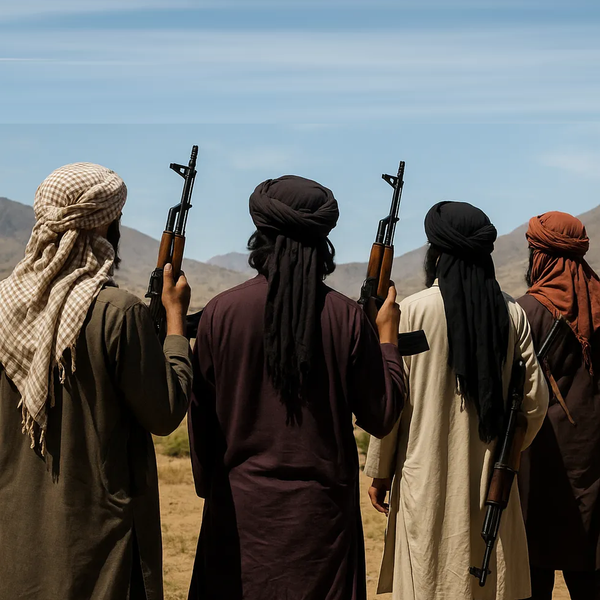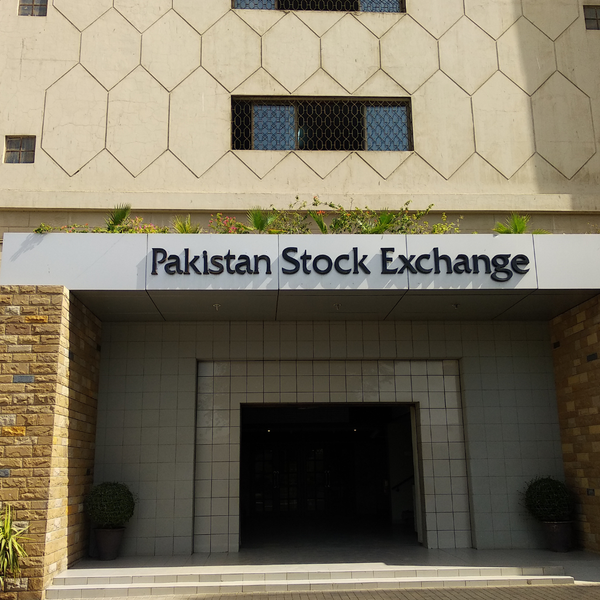Netting laws spur uptick in Islamic derivatives, but Pakistan still lags behind
Fitch notes rising adoption in UAE, while Pakistan faces a regulatory gap
Business Desk
The Business Desk tracks economic trends, market movements, and business developments, offering analysis of both local and global financial news.

Shutterstock
The global use of Islamic derivatives is poised for steady growth, spurred by new product innovation and the introduction of close-out netting laws in key markets like the UAE, according to a recent Fitch Ratings insight. However, Pakistan remains among the laggards, with the absence of netting legislation hampering adoption despite growing Islamic banking share.
Netting laws refer to the legal framework that governs how mutual obligations between two parties, typically in financial contracts, can be consolidated into a single net amount, especially in the case of default, insolvency, or close-out of contracts. These laws are critical for risk management, particularly in derivatives, repo, securities lending, and Islamic finance contexts.
In the UAE, a landmark netting law effective January now explicitly recognizes Islamic derivatives, sukuk-linked products, and even digital and carbon credits as Qualified Financial Contracts (QFCs), shielding them from retrospective Shariah challenges and insolvency-related disputes. This is expected to boost confidence among banks and investors alike.
Meanwhile, Pakistan — despite its ambitions to become a hub of Islamic finance — still lacks a close-out netting framework, exposing market participants to credit and settlement risks and stalling the development of Islamic hedging tools.
“These regulations could enhance confidence among market participants, and could decrease overall credit and settlement risks. However, there continues to be absence of close-out netting legislation in Kuwait, Qatar, Egypt, and Pakistan,” Fitch stated.
Across the broader GCC, the UAE leads in product sophistication. Fitch cited new structures such as profit rate cap, profit rate collar, profit rate cap spread, profit rate leverage cap spread, and foreign exchange and commodity price zero-cost collar. About 75% of Fitch-rated Islamic banks globally now use some form of Islamic derivatives — primarily profit-rate swaps, forward FX, and cross-currency swaps — with usage highest in Saudi Arabia, UAE, Turkey, Qatar, and Kuwait.
But uptake remains low in many OIC countries. Even Malaysia, home to one of the most mature Islamic financial systems, recorded just 1% Islamic derivative usage in the broader derivatives market in 2024.
Back in Pakistan, the regulatory gap stands in contrast to recent progress elsewhere. Saudi Arabia enacted its own netting law in February, while Oman and Bahrain have moved forward with drafts. Yet Pakistan’s legal and infrastructure limitations continue to hinder Islamic banks’ ability to hedge interest rate or FX exposures, a major risk in a volatile macro environment.
Without robust netting laws, Pakistan may struggle to unlock the full potential of Islamic hedging instruments despite Islamic banking now accounting for over 20% of the country’s financial sector.










Comments
See what people are discussing